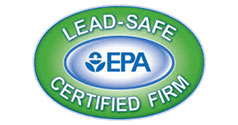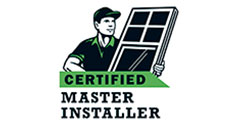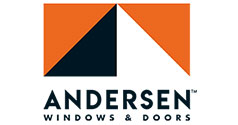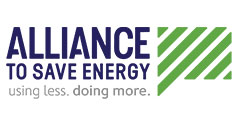Energy Efficient Replacement Windows & Doors
Invest in the best energy-efficient windows to reduce energy bills, improve comfort, and increase your home's value. Mr. Rogers Windows and Doors is ready to help you discover the latest technology and styles to find the perfect windows for your home.
Types of Windows
A sales consultant from Mr. Rogers Windows and Doors will come to your home and work with you to decide on the types of replacement windows that fit your style and budget. We offer seven window styles in nine colors. Learn what we offer.
- Double Hung Windows
- Casement Windows
- Awning Windows
- Gliding Windows
- Picture Windows
- Specialty Windows
- Projection Windows
View more details about our window options.
The Mr. Rogers Windows and Doors Difference
Mr. Rogers Windows and Doors prides itself on offering complete customer satisfaction. We manage every step from sales to installation and service, ensuring one-stop accountability. We’re one of the leading resources for replacement windows and patio doors in southeastern Virginia and the coastal towns of Elizabeth City, Moyock, and Nags Head in North Carolina.
Professional Installation
We only use Certified Master Installers who are factory-trained and insured. Learn more about our installation process.
Innovative Materials
Renewal by Andersen® has been crafting windows for nearly 120 years. Their innovative materials are time-tested and designed to be both durable and beautiful. See the Fibrex® difference.
Limited Warranty
Our limited warranty is one of the best and it’s fully transferable if you sell your home. Read warranty details.
How the Best Energy-Efficient Windows Save You Money
The hot summers along the Virginia coast are taxing on your HVAC system. If your home’s windows are old and drafty, your system may have to work even harder to keep it cool inside. Windows are responsible for up to 30% of temperature loss in your home. Choosing the best energy-efficient windows by Renewal by Andersen can save money and extend the life of your HVAC system. Replacing your windows has a high return on investment and has the potential to cut your energy bill by an average of 13%.
Here’s how replacement windows from Mr. Rogers Windows and Doors saves you money:
Decreases Heat Gain
These windows often feature special coatings on our high-performance glass options, like low-emissivity (Low-E) soft coatings, reducing the amount of heat from the sun that enters your home. Renewal by Andersen windows from Mr. Rogers Windows and Doors feature glass options that three layers of silver oxide applied during the manufacturing process to help make cleaning easier. The coating also traps heat inside during the chilly winter months.
Minimizes Air Leakage
Energy-efficient windows help maintain your home’s temperature by minimizing air leakage. Renewal by Andersen’s Fibrex composite framing material is designed not to expand and contract, ensuring a tight seal. You’ll have less heat loss in winter and less cooling loss in summer.
Provides Insulation
Our ENERGY STAR® windows feature two panes of glass with a layer of argon gas separating them to provide an extra layer of insulation. To boost energy efficiency and further resist heat transfer, Renewal by Andersen uses a continuous stainless-steel spacer, rather than aluminum, between the panes.
Take Advantage of Rebates and Tax Credits
As part of the government’s push to improve energy efficiency, you can take advantage of a tax credit for people who install ENERGY STAR windows up to $1,200.
Get a Free Consultation!
Save money and improve energy efficiency with replacement windows from Mr. Rogers Windows and Doors. Get started to make an appointment for a free window replacement consultation today!

















